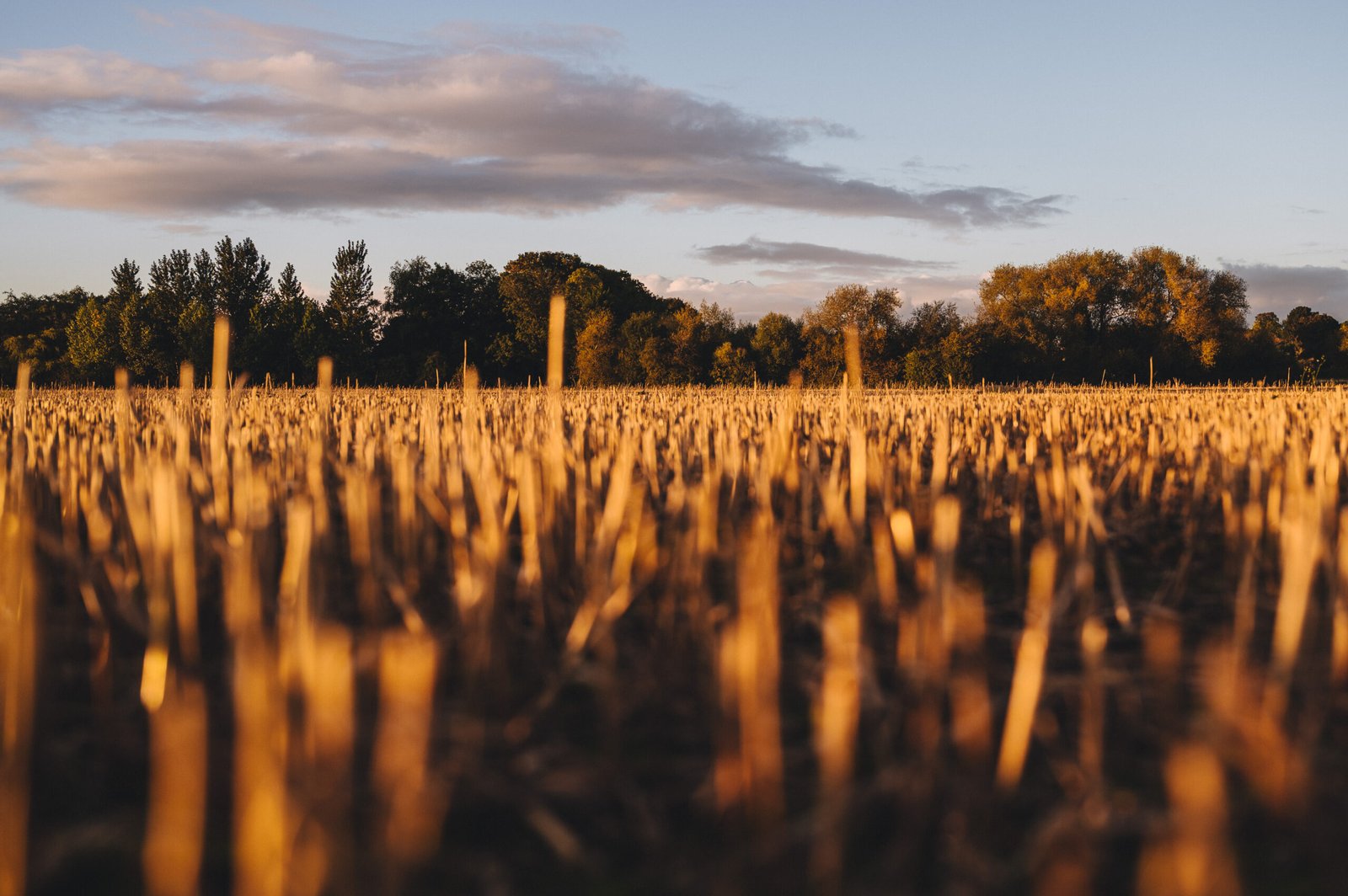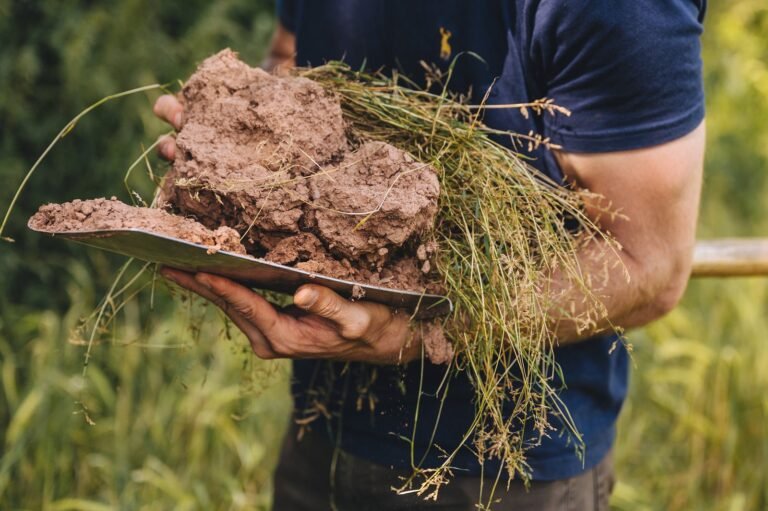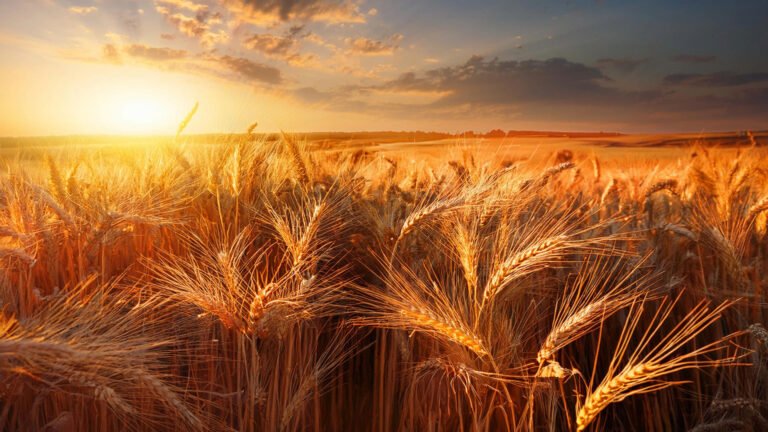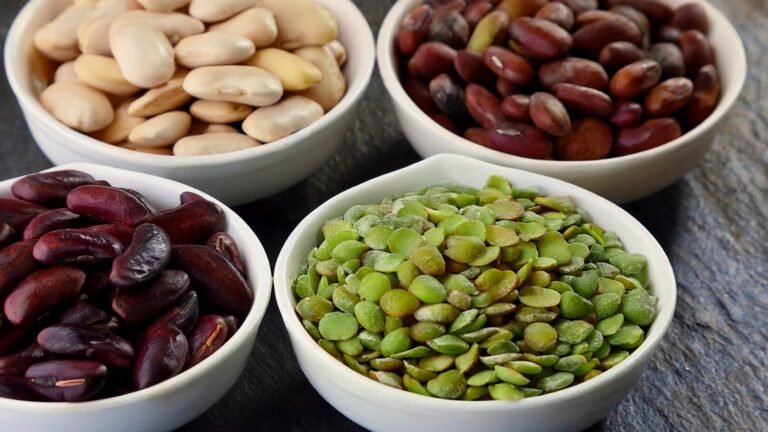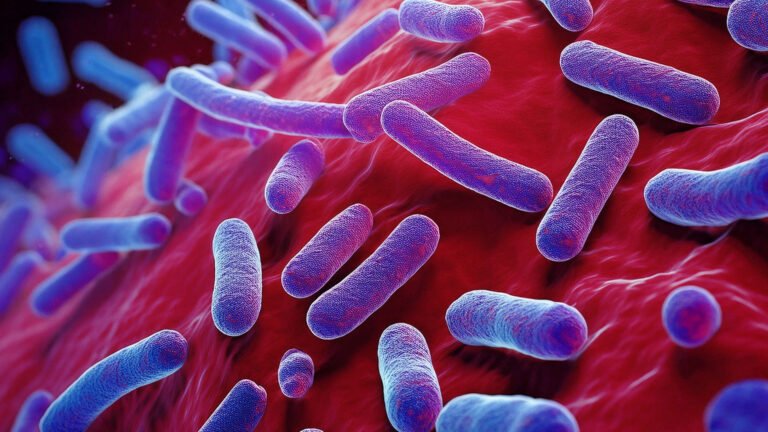If straw tying up nitrogen keeps stalling establishment, you’re not alone. High C:N residues can lock up N for a while, so the crop starts slow and slugs move in. But you can speed breakdown and keep more N with the plant.
Straw Tying Up Nitrogen? Fix It Fast
When heavy straw steals N and slows drilling, speed breakdown with BactoRol Plus and keep soil biology ticking with BactoSoil Balance, so slots are clean, slugs drop, and emergence evens up.
If this sounds familiar, you’re in the right place
Before finding us, many farmers say they feel:
- Stuck with trashy seedbeds and hair-pinning at the opener, so seed–soil contact is poor.
- Frustrated by slug pressure under thick straw.
- Worried about patchy emergence and stop–start canopies.
- Fed up throwing extra N at the problem and still losing time.
Meanwhile, residue hangs around and microbes use soil N to chew carbon first, so the crop pays the price.
Why straw ties up nitrogen (and what happens if you ignore it)
- C:N ratio drives it. Wheat straw is about 80:1; a “steady” balance is near 24:1. Because straw is carbon-rich, microbes grab soil N to break it down.
- Weather and contact matter. Cool or dry soil slows biology, and poor straw–soil contact delays breakdown.
- Establishment suffers. Slots smear, seed–soil contact drops, and slug habitat grows.
If you just “push on,” you risk extra passes, delayed drilling, uneven stands, more pellets and “emergency” N that dents margins.
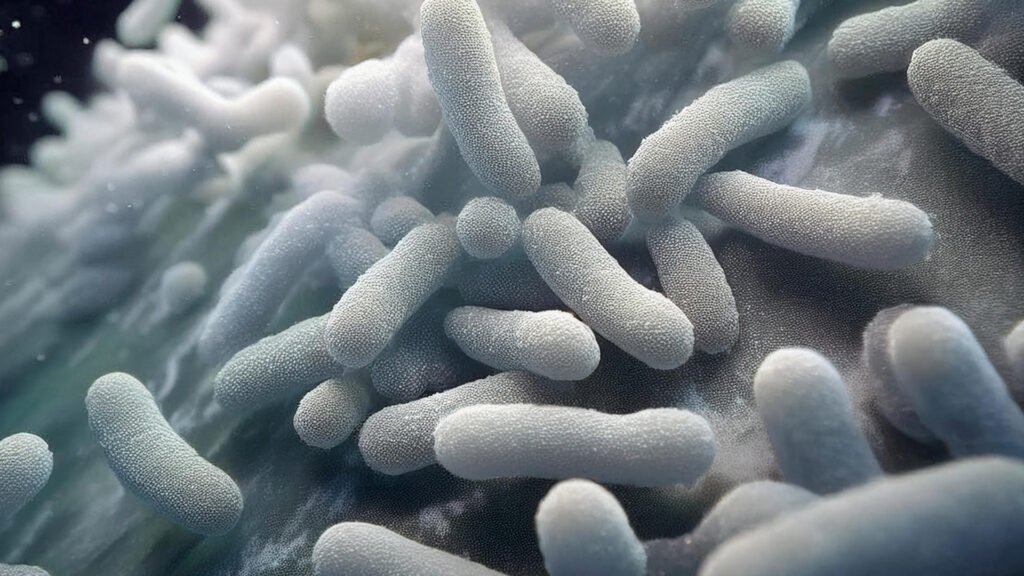
The fix: speed residue breakdown and protect early N
Two simple levers work together:
- BactoRol Plus – enzyme-producing Bacillus (cellulases, hemicellulases, pectinases) that cuts straw faster into friable tilth. So openers meet soil, not trash.
- BactoSoil Balance – a soil probiotic that keeps background biology ticking, so residues cycle and more early N stays with the crop.
On farm you’ll notice: less trash on the row, fewer slugs, cleaner slots, quicker and more even emergence, and less “hostage N.”
Simple programme (post-harvest → cover termination → pre-drill)
1) Post-harvest: reset the straw
- Spray BactoRol Plus soon after harvest.
- Aim at straw surfaces for good contact.
- Time near showers if you can, so microbes start fast.
2) Cover-crop transition: keep C:N in check
- Re-apply BactoRol Plus at, or just before, termination.
- If you roll or lightly incorporate, spray before the pass so enzymes hit more residue.
3) Support the soil background
- Use BactoSoil Balance 1–3×/season to help aggregation and steady turnover.
- Keep bactericides/strong oxidisers away from biological passes.
Good habits
- Spread chaff and straw evenly at the combine.
- Keep some moisture in the system; dust-dry straw breaks down slowly.
- Log dates, weather and straw height so you can compare like-for-like.
(Always follow product labels and safety data.)
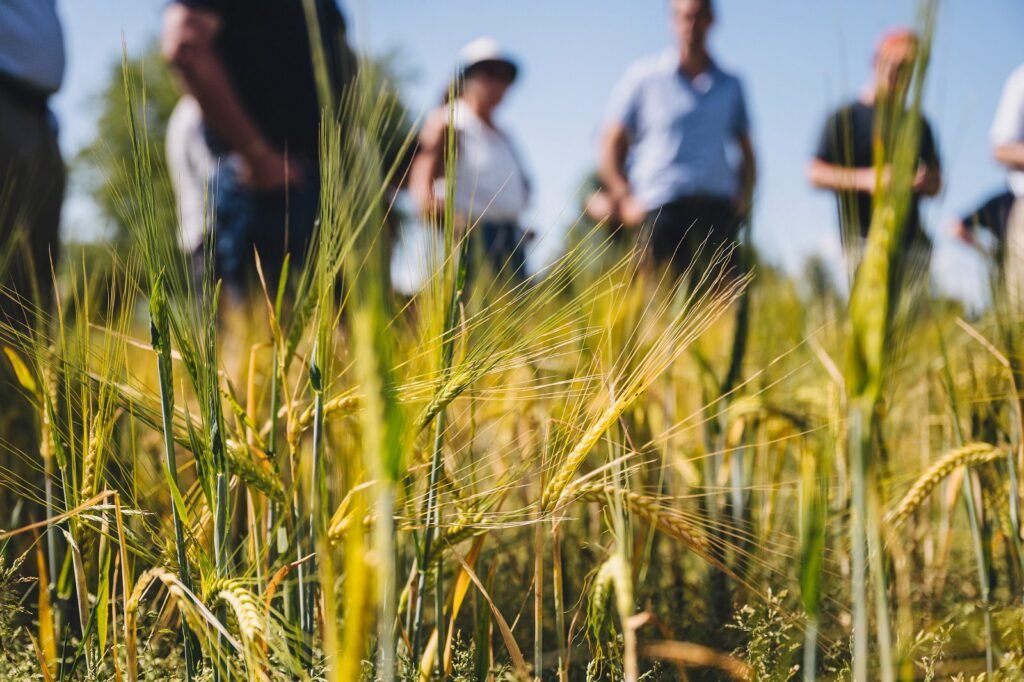
What to expect (typical reports)
- Residue down — faster visual breakdown.
- Slugs down — less shelter, fewer bait points.
- Passes down — cleaner seedbeds with fewer reworks.
- Establishment up — better seed–soil contact.
- Early N up — less immobilisation drag on young plants.
So drilling runs on time and margins breathe.
Measure it (turn “feel” into proof)
Track these for 4–8 weeks and at emergence:
- Residue cover (%) or straw height at fixed GPS points.
- Slug traps (tiles or rolled mats).
- Soil nitrate quick tests or leaf colour scores before/after emergence.
- Emergence counts at day 7–14 (plus uniformity).
- Passes/ha and diesel/ha for seedbed prep.
(Ask us for a one-page “Residue → Seedbed” field log.)
Field tips: do’s & don’ts
Do
- Spread residue evenly; sharp, well-set openers help reduce hair-pinning.
- Aim spray at straw, not the gaps.
- Time biological passes near moisture for a better start.
Don’t
- Tank-mix with bactericides or harsh oxidisers near biologicals.
- Expect biology to chew stones or sand – iron still has a job.
- Skip measurements – proof saves money next season.
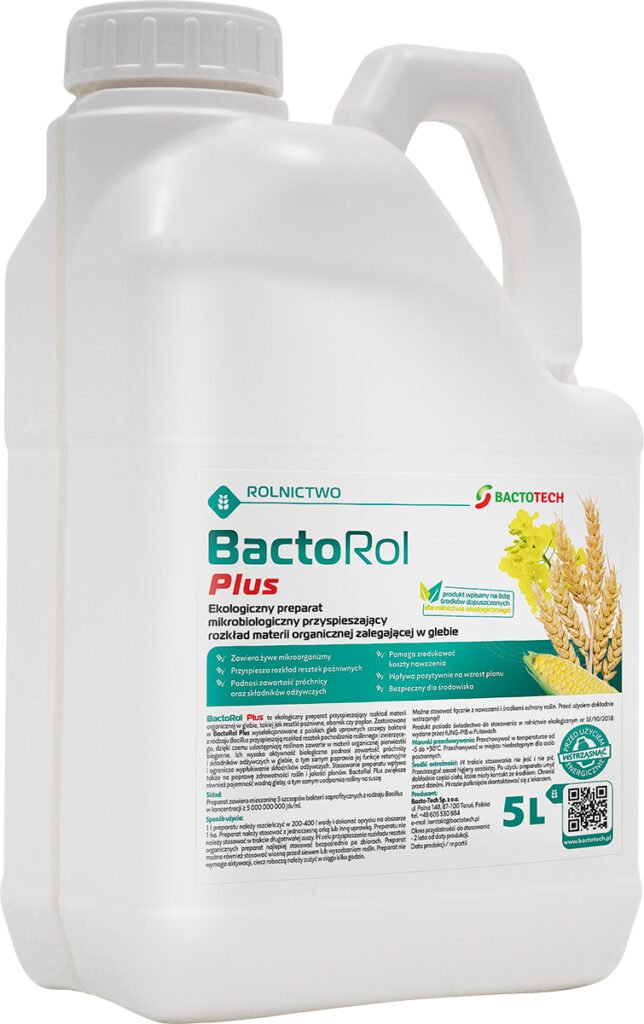
The products behind this programme
- BactoRol Plus — accelerates residue and cover-crop breakdown with enzyme-producing Bacillus for cleaner, faster seedbeds.
- BactoSoil Balance — supports soil biology and aggregation so residue cycles and seedbeds form with fewer passes.
Compatibility & safety: Natural, non-GM. Follow labels and safety data. Also, keep bactericides away from biological passes.
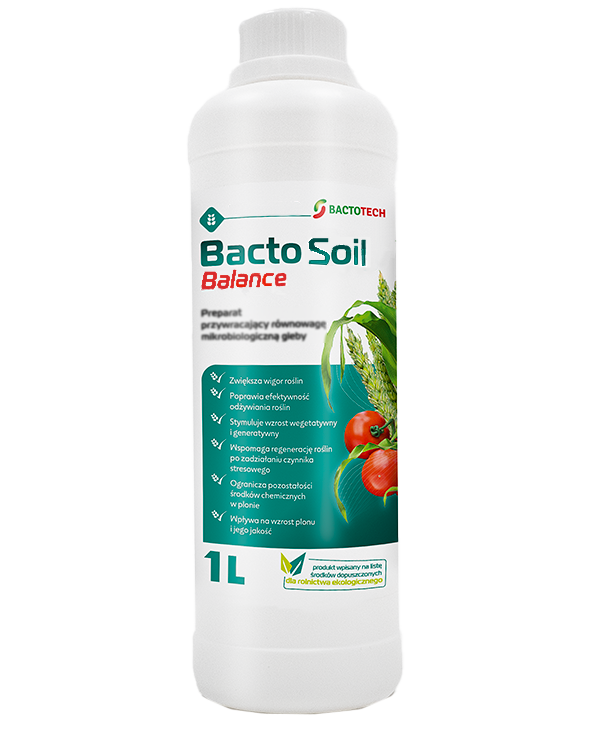
FAQs
Will this replace cultivation?
Not on its own. If a tidy-up pass is needed, do it; then let biology reduce how much and how often you rework.
Should I add extra N to help breakdown?
Keep any starter N modest. As breakdown speeds up, you can often cut “rescue” N later.
How do I cut hair-pinning with discs?
Spread residue well, keep openers sharp and set right, and break straw down sooner ahead of the drill.
What about very wet autumns?
Moisture helps microbes, but soaked mats can smother slots. So use biology and good residue management to keep the seedbed open.
How soon will I see changes?
Often within weeks in residue look and slug counts; establishment gains show at emergence.
Ready to stop straw tying up nitrogen?
Tell us your rotation, residue loads and next drilling window. We’ll send a residue-to-seedbed plan with timings, label rates and a measurement sheet so the gains are clear.
→ Get your plan: Contact BactoTech UK
→ Learn more: BactoRol Plus · BactoSoil Balance and also read about REDUCING NITROGEN FERTILISER USE and HEREFORDSHIRE FARMING PROBLEMS WITH NITROGEN.
Editorial note: General guidance only. Always follow product labels and local regulations. Last updated: September 2025.

